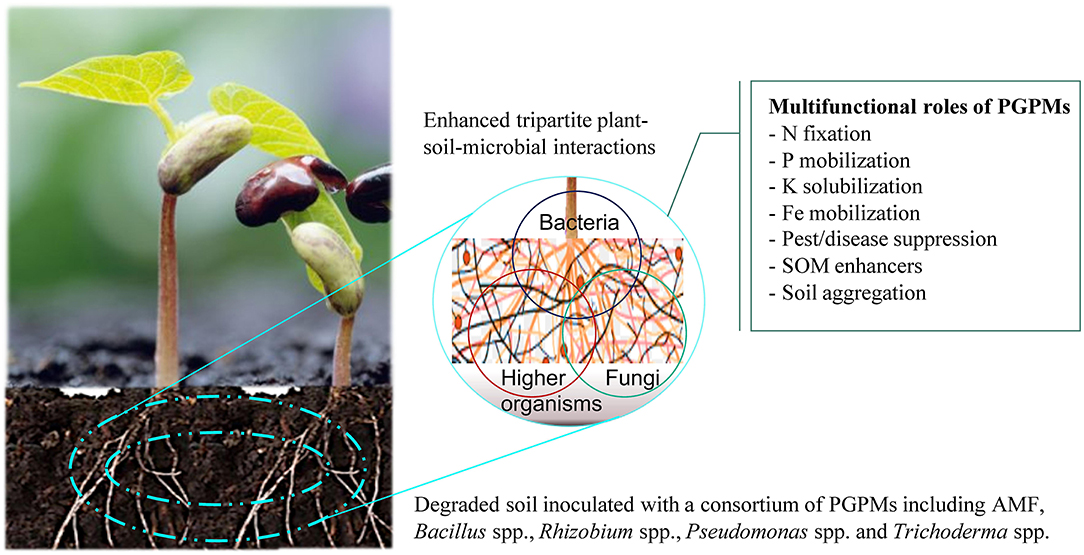
Also a sneaky fun feature is the soft adjustable backlight of the screen that allows you to enjoy reading without overhead lighting and instead just a few lit candles and string lights. It kind of feels like reading on a treadmill, but this can be very helpful if you also made a competition out of your hobby and have an aggressive Goodreads book goal to finish by the end of the year. The Kindle even has optimizing metrics at the bottom of the screen like time left in the chapter and book and percentage completed. I can finish a book and start a new one without even so much as moving my wrist. As I tend to do more of this during the dark winter months, the Kindle has become my favorite way to get library books without needing to leave my cozy little cocoon. There is nothing better than curating the vibe and settling into the couch for a wild night of ripping through 100 pages of a book. In fact, it has been around for a few decades and was formulated in 1987 by the Brundtland Commission as development that meets the needs of the present without compromising the ability of future generations to meet their own needs. It would also be useful, in the meantime, to exploit and conserve rice–fish farming as eco-tourism resources, so that the income of the mountainous farmers can be increased and this important, indigenous agro-culture be conserved and developed.Everyone talks about beach reads, but the lit world is sleeping on marketing winter reading. The concept of sustainable development is not new. This calls for the Chinese government to engage itself in the conservation and development of this system and to innovate the existing technologies. However, the economical development and industrialization in China pose a threat to rice–fish farming and, consequently, the numbers of farmers involved in rice–fish farming are decreasing. It also reduces the emission of CH 4 by nearly 30% compared with traditional rice farming. The nitrogen-fixation role of the system increased the content of organic matter, total nitrogen and total phosphorus in the soil by 15.6–38.5%. It also reduces economic risks that these farmers potentially face. It provides food and animal protein for subsistence farmers living in ecologically-fragile mountainous regions. The rice–fish-farming system is also of great significance in global food security and global change. The natural enemies of rice pests show a prominent rise, making the bio-control of rice diseases and pests highly feasible. The application of pesticides can be lowered to 50% of that of modern, high-input rice production sometimes, no pesticide application is required. Being low external input systems, the rice–fish-farming systems necessitate only small amounts of pesticide and fertilizer.

The survival of deep-water rice, an indigenous rice variety, and Oujiang red carp, an indigenous fish variety, are cases in point. The rice–fish-farming systems in China diversify China's agro-landscape and favor the conservation of species variety of both rice and fish. Qingtian County of the Zhejiang province has been selected as a pilot conservation site. Therefore, it has been listed by the Food and Agriculture Organization of the United Nations (FAO) and the United Nations Educational, Scientific and Cultural Organization (UNESCO) as one of the Globally Important Ingenious Agricultural Heritage Systems (GIAHS). It is no longer a sole agro-production practice, but an agro-cultural pattern. China boasts a history of 1700 years in rice–fish-farming practice. The introduction of fish rearing to rice farming creates an integrated agro-ecological system. Rice is a globally important staple food crop, with a wide distribution and constituting diversified varieties. Rice–fish-farming systems constitute a unique agro-landscape across the world, especially in tropical and sub-tropical Asia.


 0 kommentar(er)
0 kommentar(er)
